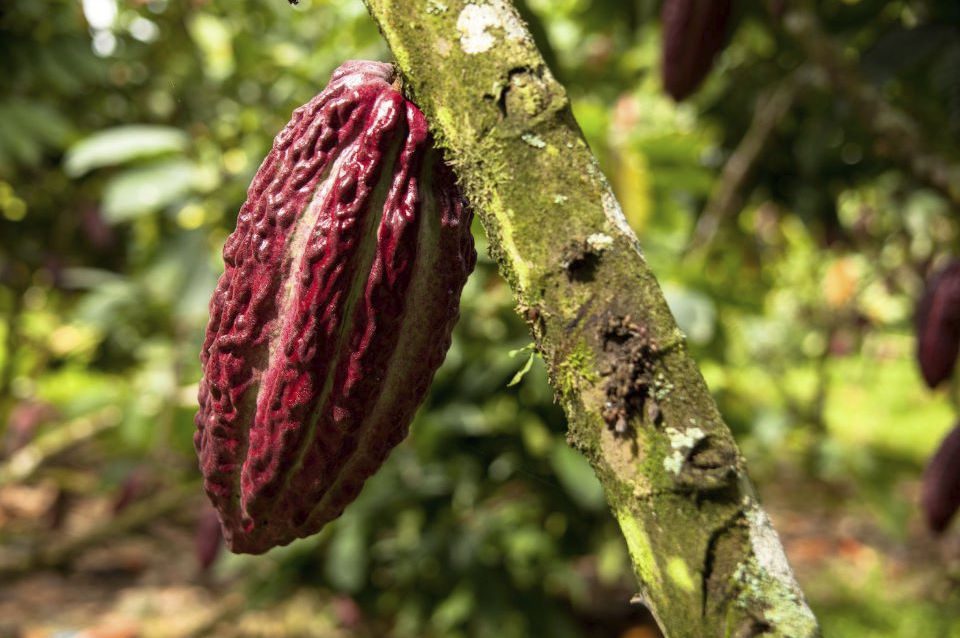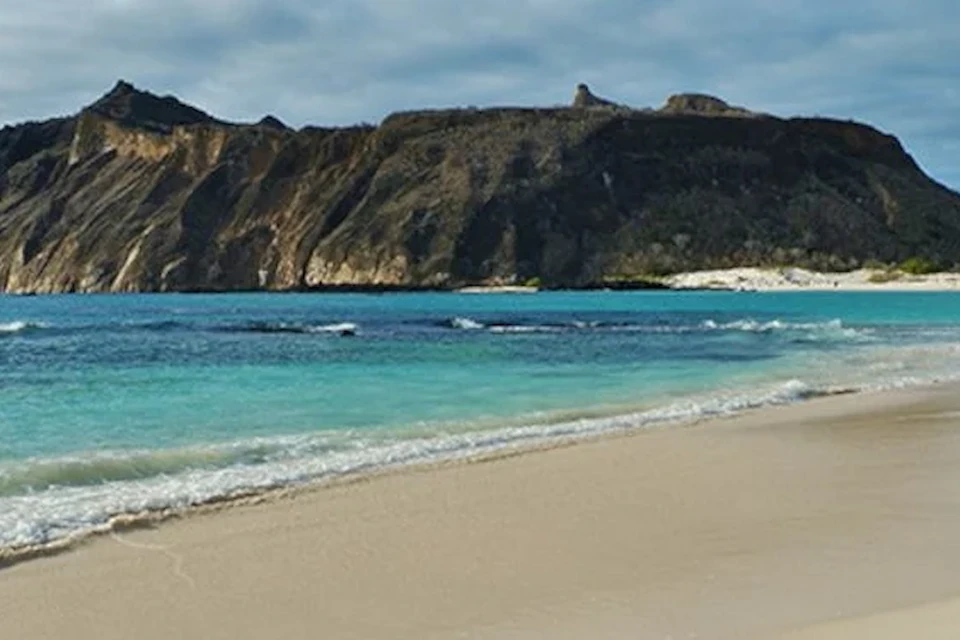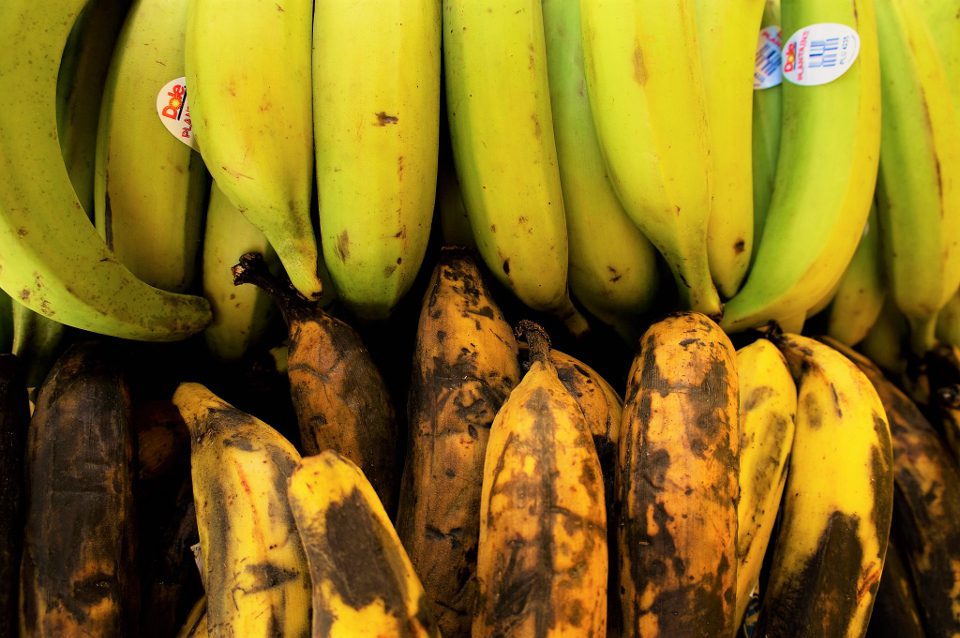TALK TO A DESTINATION EXPERT

Diego Zapata

Rosa Mena

Sandy Lara

Diego Zapata

Rosa Mena

Sandy Lara
You can think of fanesca in Ecuador as being a lot like Christmas time for the palate and Ecuadorian culture as a whole. This special, rich and relatively complex soup is served only during Holy Week (mid-April), although in recent years the time frame for this seasonal dish has gradually been widening — at restaurants, many are now able to indulge in fanesca an entire month before it’s typically served at home.
The soup consists of 12 different grains (representing the 12 apostles), cod fish (representing the ichthys, or “Jesus fish”) all cooked in milk and embellished with hard boiled eggs and mashed potato dumplings (molo) on the side.
Culturally, the dish is renowned for bringing families together, with members participating in this collective “labour of love,” so to speak, that requires time, patience and a wide variety of different ingredients. The dish itself is sometimes prepared at home and then exchanged between neighbouring families after it’s ready.
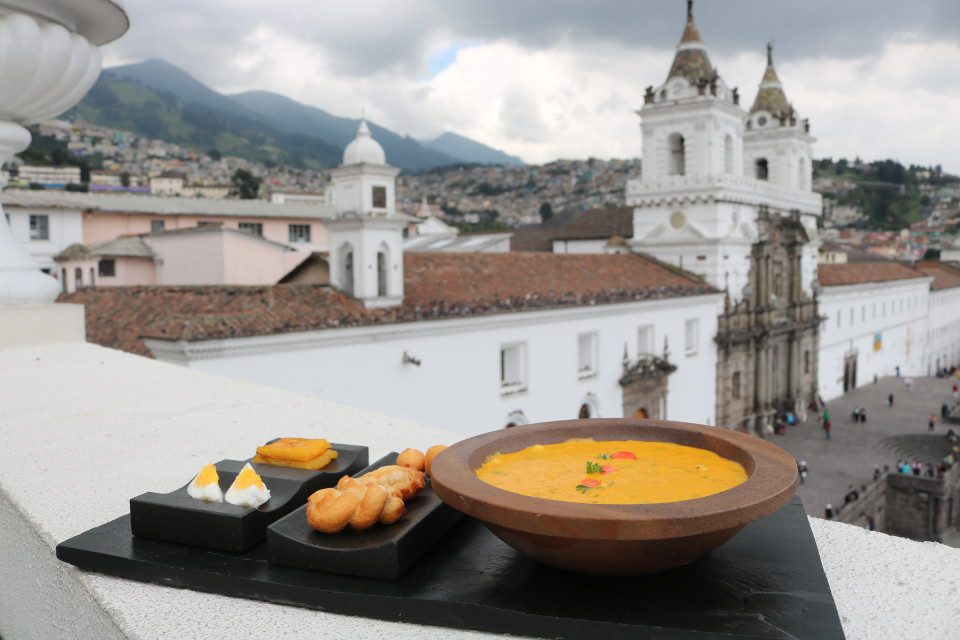
History of the Dish
The origin of this traditional Ecuadorian dish dates back to Pre-Columbian times, during one of the biggest celebrations that revolved around the equinox. This day, when the Earth’s equator passes through the centre of the Sun, happens twice a year; usually around the 20th of March and the 23rd of December. It was an astronomical event celebrated by many ancient cultures around the world, like Ecuador’s native people and the Inca Empire (which would later conquer part of the Ecuadorian region).
The equinox symbolized the beginning of a new life cycle that came with the New Year. Along with this celebration came the harvest season for many of the unripened grains that were later utilized in the preparation of this seasonal dish. The dish itself went by the Quechua name of “uchucuta,” meaning unripened grains cooked in herbs and spices.
With the arrival of the Spanish conquerors came cultural assimilation. The Spanish were cunning enough to combine the already dominant traditions of the natives with their own Catholic beliefs, resulting in the combination of catholic festivities that were filled with indigenous symbolism and imagery. Soon enough, “uchucuta” changed its name to fanesca. It was then included as part of the Semana Santa (Holy Week) celebrations due to how perfectly it coincided with the equinox celebrations. Fast forward to today, and the native traditions seem to have merged seamlessly with catholic ones.
Even though the origin of the actual name fanesca is unknown, several hypothesis are shared amongst the Ecuadorian population. One of the more colloquial theories involves the formerly famous cook called Juana that became popular for her preparation of the traditional dish. People started calling it Juanesca, which was later changed to fanesca.
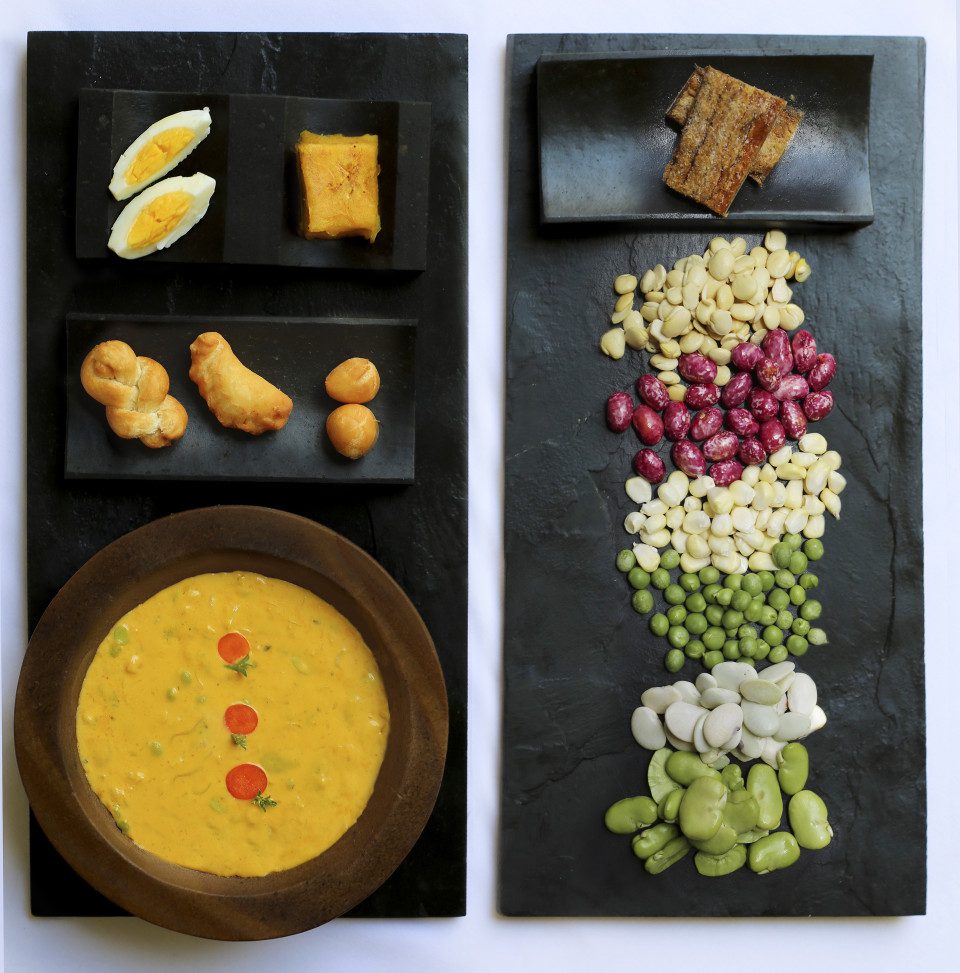
The Elaborate Preparation of Fanesca
According to the first Ecuadorian book of recipes, published around 1882 by author Juan Pablo Sanz, the preparation of fanesca was already showing signs of having a “standard” way of being prepared (even if his recipe is missing some ingredients or using different ones). He wrote: “unripened kidney beans, lima beans, lupines and peas are selected and cooked. Rice, cabbage and pumpkin are also added. These all get boiled in a pot along with sautéed onion, garlic, cumin, toasted peanut and a pinch of sugar. Later, cream and milk are added and, after a last boil with peje fish and shrimp, the soup is served with dough fritters, empanadas, fried plantain, hard boiled eggs, parsley, chili and pepper.”
Ingredients for the soup
Unripened:
- Kidney beans*
- Lima beans*
- Lupines*
- Peas*
- Ullucus*
- Corn*
- Pumpkin (two varieties)*
——–
- Lentils*
- Chickpeas*
- Rice
- White cabbage*
- Roasted peanuts*
- Fresh cheese
- Onion
- Garlic
- Cumin
- Oregano
- Parsley
- Cream
- Milk
* – These “grains” are those that symbolize each of the “12 Apostles.” We are aware that not all of them are grains, but they are classified as such during this week.
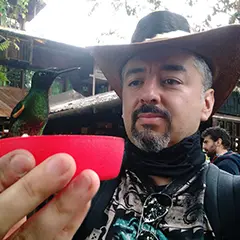
Javier Garcia

Eduardo Silva
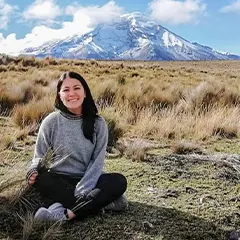
Carolina Escobar
START PLANNING YOUR TRIP

Javier Garcia

Eduardo Silva

Carolina Escobar
Get in touch for more
CONTACT US
Sides
- Dough fritters
- Cheese empanadas
- Fresh cheese
- Fried ripe plantain
- Hard-boiled egg
- Parsley
- Chili
- Salty and dried codfish
Depending on the region of Ecuador where fanesca is prepared, the soup will have certain variations specific to the geography of the area. All in all, the dish is prepared, shared, and enjoyed by a wide number of Ecuadorian families during this special holiday of Semana Santa (Holy Week).
As part of our lunch on 14 April, you’ll find fanesca being served aboard our Galapagos cruises which include: the Santa Cruz II, Yacht Isabela II and Yacht La Pinta.
